For a product owner, there is always a dilemma what pricing model to choose for hiring a development team.
There are two types of contracts: fixed price and time and material agreements. Often, startups develop their hybrid schemes to take advantage of both models.
We at JustCoded have tried both pricing frameworks and can tell you about their pros and cons from our own experience.
Initially, we built relationships with our clients on fixed-price contracts, but now we rely on the T&M pricing.
Why did we change the pricing framework? You’ll find the answer in this post, but first things first.
What you will learn:
What is a fixed price model?
Negotiating a contract for, let’s say a website, app or software development, usually raises several questions:
- How much will labor-intensive cost?
- What outcome do we expect?
- How long will the project last?
The fixed-price billing model gives answers to each of them.
As the name suggests, with a firm-fixed-price contract (FFP) you pay a set sum of money for a particular scope of work that will bring expected deliverables.
What could be better than an agreed workflow, deadlines, and predicted the result? However, everything is not as smooth as it seems to be.
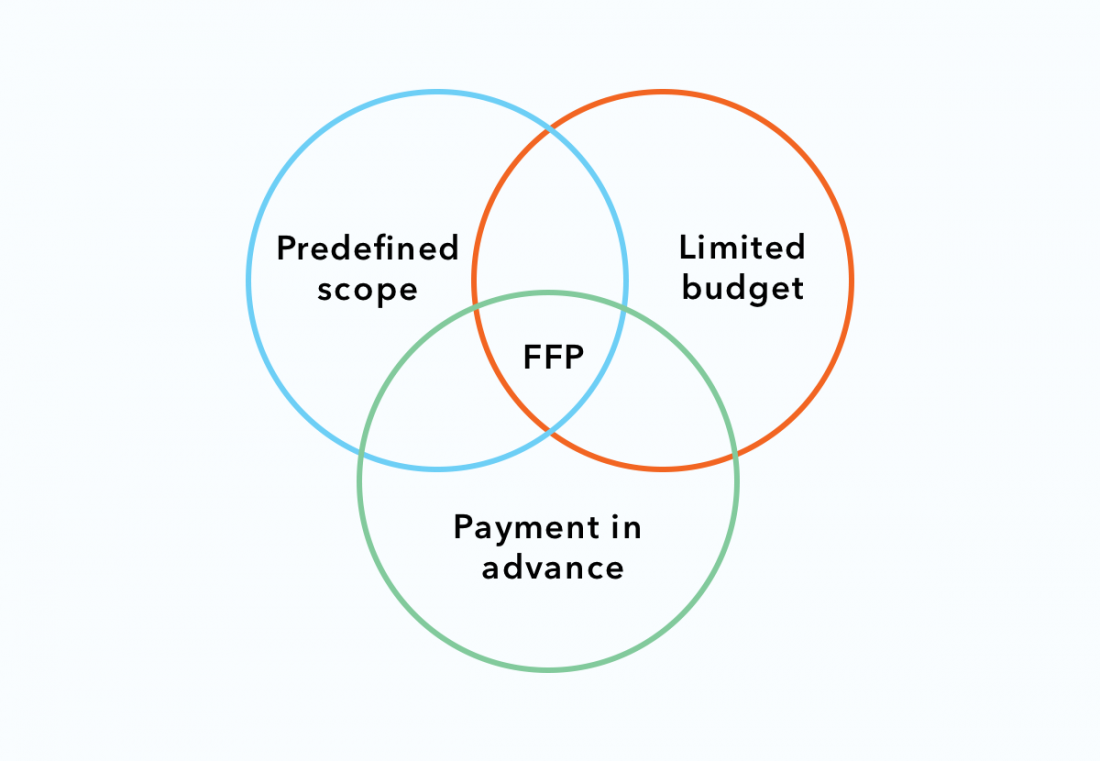
Advantages of a fixed price approach
Fixing a price is a feasible method of doing business as a good number of companies and development teams are still working this way.
Wait, but why?
1. You can predict everything.
The framework implies that everything from costs, a team size, and the end product is discussed and agreed upon.
Management of a fixed-price project aligns with the waterfall paradigm where the development process goes through several predefined stages with little chances for adjustments.
Also, the Waterfall methodology implies that stages take place one after the other. It means if the coding phase is not ready, you can’t move to the testing stage.
Signing a fixed-price contract requires taking several steps:
- defining project scope
- creating the outline
- estimating costs
- defining the budget
The client pays in advance. Usually, fixed-price contracts presume that a client should make several payments after every milestone, and the final one when the testing phase is over.
The assessment of costs is a labour-intensive process that requires sufficient knowledge and reliable experience.
It’s good when both parties—you and the client—discuss all the nitty-gritty as it increases the chances that the budget will be realistic.
Given that fixed-price contracts don’t imply any alterations or delays, you can protect yourself from unpaid hours by creating a buffer cost.
Another advantage of this contract type is transparency
This feature stems from the two previous benefits.
Well-planned timeframes, work schedules, and costs are set out in terms of a contract and decrease the probability of conflicts between the parties.
Everyone knows their rights and obligations. Any unexpected event is described in a separate document which both partners sign.
Disadvantages of a fixed price model
Perhaps, that’s all about positive reasons for billing contracts with fixed prices.
Now, let’s have a look at potential challenges you may face if choosing this pricing model.
The waterfall method is less flexible than Agile, which means projects based on fixed prices can be hard to adapt to the changing environment.
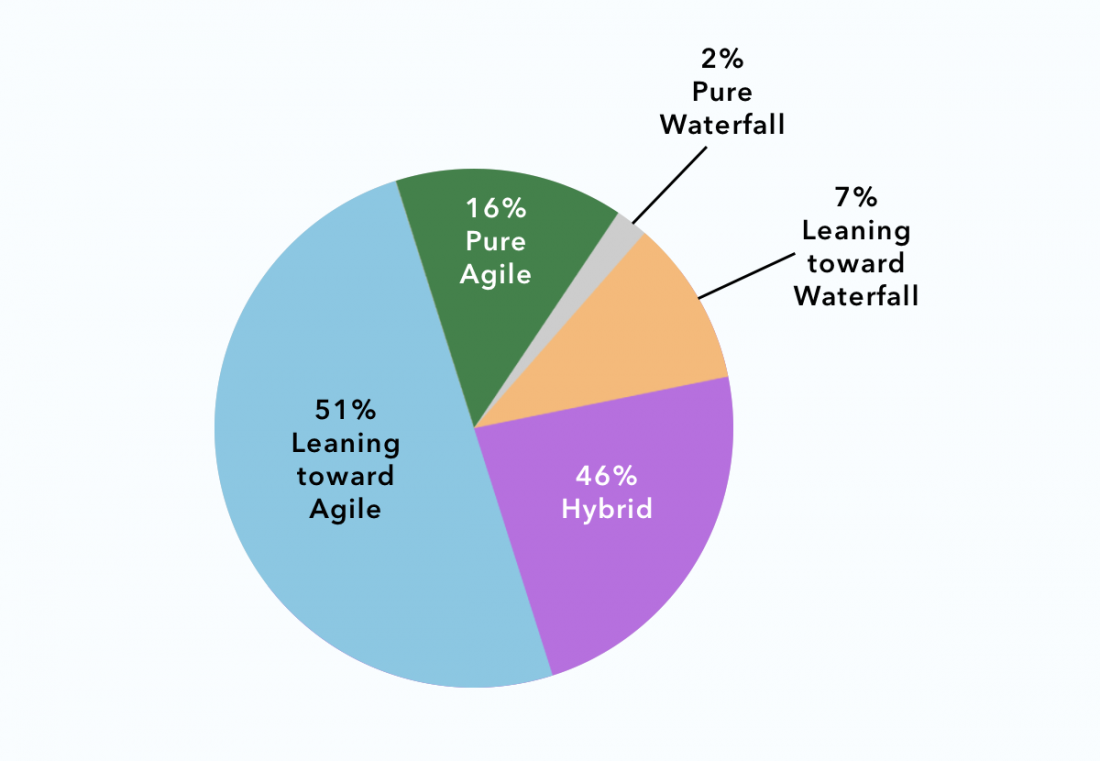
However, it’s not correct to say that the waterfall model is not flexible at all. This approach implies certain customisation but on a smaller scale.
For instance, in the waterfall model that Royce suggested, it’s possible to return to previous stages to clarify requirements or run additional system analysis.
Given that every tiny detail of a future project should be estimated beforehand, a team has to do a great deal of assessment work.
A lot of specialists are involved in the assessment process:
- a business analyst
- a tech lead
- a project manager
- developers
You need to define all the activities that constitute the project scope and describe them in detail.
In technical terms, this process is called “developing a work breakdown structure.
Once it’s done, you should define tasks and assignees within each activity, due dates and milestones. It will help you create the overall time frame and stick to deadlines.
Another challenge of the fixed-price approach might be a lack of personal interactions between the customer and the supplier.
Often, the major part of communication happens on the signing contract stages when partners negotiate all the ins and out of a project.
In further steps, the client usually doesn’t participate actively in a project daily.
To avoid misunderstandings, you’ll also need to have more meetings and conference calls, check the status of current activities, find out existing problems, and get the feedback from your client.
On the one hand, selling a fixed-price contract is way easier and this approach is more understandable to a client.
On the other hand, there’s another drawback — scope creep and changes.
When a client pays for an established set of features, they’re not supposed to pay for extra effort or time needed to complete the predefined scope.
As a result, fixing bugs, developing extra features or updating the product should be borne by you.
However, if it’s the client who has decided on changing the scope of a project, you can expect additional funding.
What is a time and materials contract?
Unlike the fixed-price contracts, in time & material agreements clients are charged for working hours worked by the supplier and materials used for completing activities.
The time and materials approach is ideal for dynamic projects with a large scope and an unspecified scope whereas FFP agreements work for small projects with a stable budget.
So, what do time and materials mean for the client and the supplier?
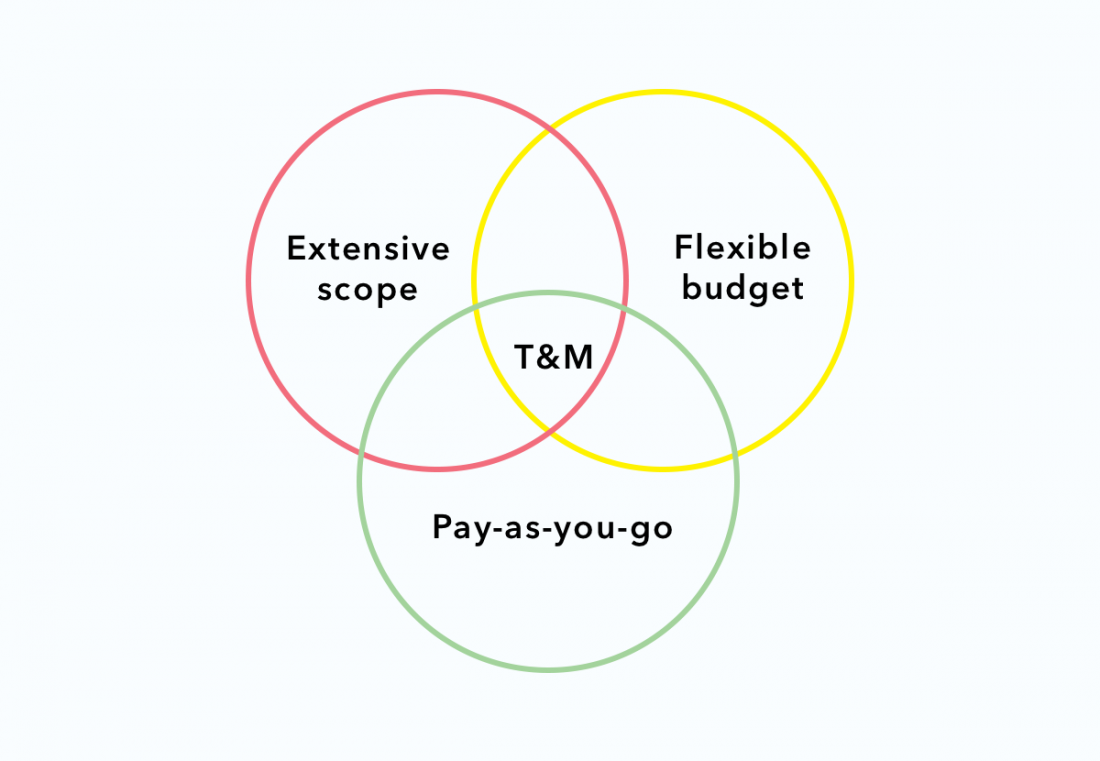
Advantages of time and materials
The biggest advantage of T&M relationships is their flexibility which results in high-quality products.
T&M contracts use the Agile formula where one of these aspects—time, scope, and budget—is a variable.
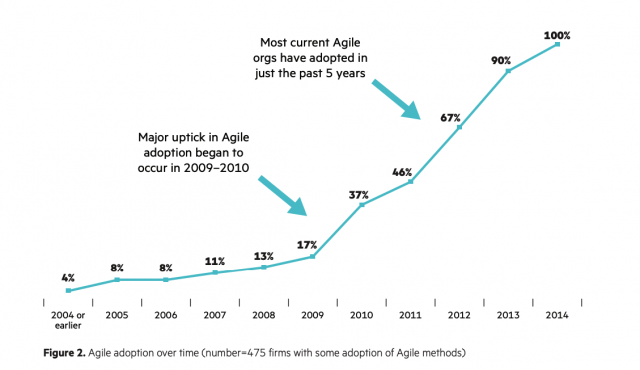
For instance, if you need to simultaneously launch several products, you may postpone deadlines and give preference to the most urgent project.
Another example is a flexible scope. When you sign a T&M contract, you agree on possible changes in a set of product features.
Once the scope is defined, you can use MoSCoW rules to see what features are a must and what you can add later.
In case that the functionality and duration can’t be modified, you may increase or reduce the budget without taking sufficient risks.
Moreover, Agile allows you to run two or even more development stages in parallel.
Unlike the Waterfall method, where the client reviews the product only at the end, in the Agile methodology, it is okay to fix bugs or change the initial concept halfway to the final result.
Agile projects consist of several iterations, and each of them includes tests. Waterfall, on the contrary, implies that you run tests only after the development stage.
Also, in Agile you may get early feedback from users right after every sprint is over whereas in Waterfall you should wait till the end of a project.

The ongoing dialogue between clients and developers is what sets the time and material pricing apart from other models.
When every deliverable is delivered, the customer gives their opinion on what should be improved or updated.
They even may review interim results to make sure that the team is moving in the right direction.
Also, in Agile, testers and developers collaborate very closely as error fixing happens immediately after bugs are detected.
The planning stage requires all technical specialists to take part in the analysis of requirements and discuss product specifications.
If there is a battle for better management between time and materials contract vs. fixed price agreement, the former model will be the winner.
PMs using Agile decompose projects into smaller components called ‘sprints’ which are grouped around milestones that mark a certain deliverable.
Sprints are short, easily manageable, and more effective when it comes to monitoring the whole development process.
Disadvantages of time and materials
Time & materials one has its limitations.
A time and materials contract lacks order and structure comparing with the Waterfall approach.
Detailed plans and thorough research used in fixed-price agreements make these deals more robust and secure.
The projects based on actual hours and materials usually have vague deadlines, open-ended budgets, and extensive scope.
On the one hand, it allows you to market a relevant product that will meet users’ demands. On the other hand, it may result in exceeding the time frame and overfunding.
Flexible models may be hard to manage and control as they require permanent involvement and solid managerial skills.
Both the product owner and PM have to hold their fingers on a project pulse to adjust specifications to new market conditions and public demands.
Sometimes it happens that the initial business idea should be completely revamped because a competitor had released a similar product or updated the existing one earlier than you did that.
In this case, you should be prepared for considerable shifts in the timelines and changes in human resources.
There is always a risk of trying too hard with adding value to your solution.
When your client knows that it is possible to add or delete a feature at any time, he or she may not want to focus on at a particular toolkit and continue generating ideas.
You as a supplier is obliged to realise all the wishes, and since every working hour is paid, you don’t risk losing money.
However, it may happen that in the quest for perfection, you won’t be able to complete a project and all the efforts will be in vain.
Fixed price or time and materials: who is the winner?
If you’re hesitating what pricing model to choose, look at the table with compared models and make your conclusions.
Fixed price vs. time and materials
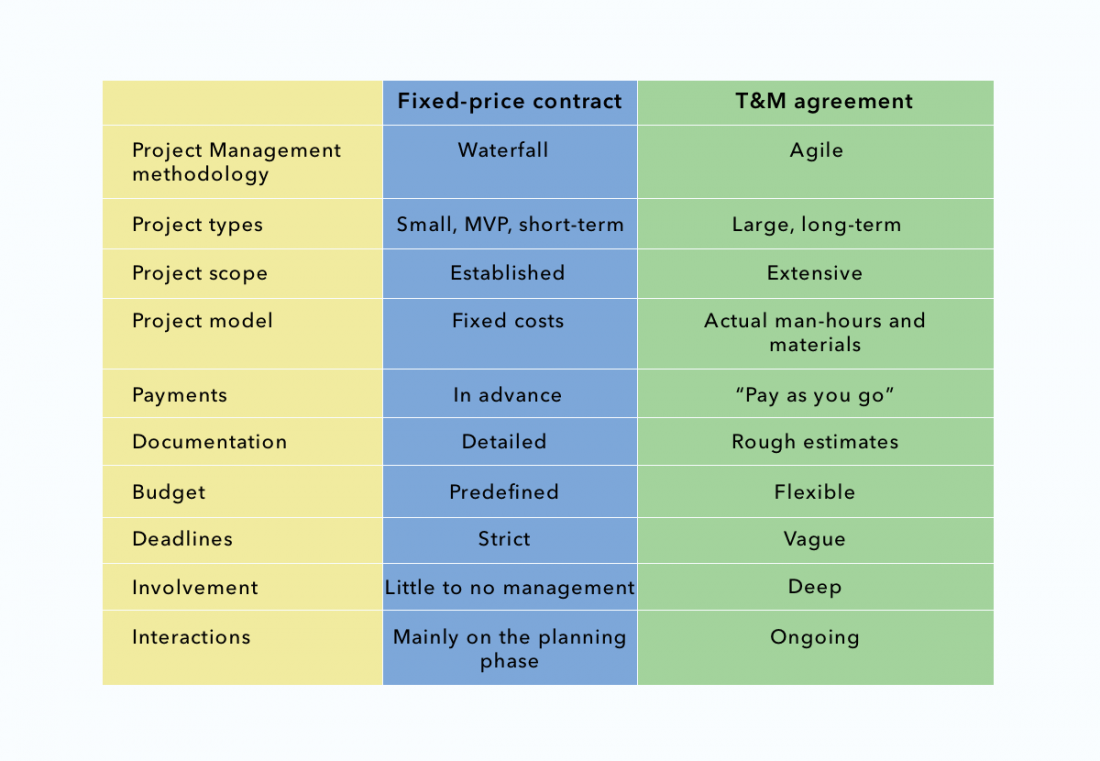
How we work
Having tested both methods—fixed price time and materials—we’ve made up our minds that the latter works better for our operating model.
In our opinion, the main problem of the fixed price contract is that the client gets anchored on the initial price that was agreed for a specific scope of work.
However, almost in every project, there are changes that either inflate the initial scope of work or drastically change the product that is being developed. In this case, the development team has to spend extra effort and hence it costs extra; however, the client continues to rely on the initially agreed amount.
Why did we choose a time and material contract?
We consider flexibility as the highest priority and always let our customers make amendments whenever they want.
Daily hand-in-glove work with customers allows us to avoid misunderstandings and conflicts regarding product features and scope.
We noticed that many potential customers are afraid to overpay if they decided to go with the time and materials contract, and we totally understand them!
That’s why we work on a transparent scheme, which describes both cost range and scope of work.
Before we start working on any project, our business development managers, business analysts and developers evaluate the scope of work and give a preliminary range cost, describing the amount of work in hours.
When we bill our clients for the actual amount of time spent, they can have peace of mind knowing they didn’t pay anything extra (that is, risks or buffer that’s usually included in fixed-price estimates).
In general, the T&M approach helps us deliver excellent solutions, achieve business goals and meet the requirements of our clients.
The bottom line
Even though we’re more inclined to use T&M rather than fixed prices, both approaches have their benefits and drawbacks for clients and suppliers.
Not to get into trouble, you should think carefully about these aspects of your product: budget, scope, deadline, human resources. Then pick a model that suits you best.
If you seek flexibility and extensiveness, go for time and material. Need certainty and predictability? Then the fixed price is your choice number one. However, not all development companies will work this way.
We’ll be glad to tell you more about our approach and the benefits of time and materials way in general—feel free to drop us a line anytime!




